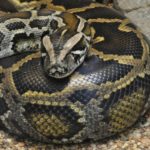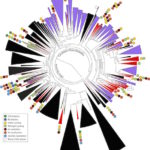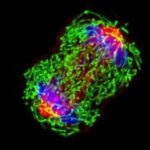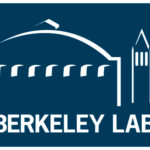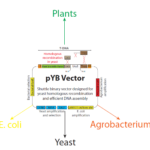 Researchers at the U.S. Department of Energy (DOE)’s Joint BioEnergy Institute (JBEI) in collaboration with Berkeley Lab’s Environmental Genomics & Systems Biology Division and the DOE Joint Genome Institute developed a versatile system (named jStack) which utilizes yeast homologous recombination to efficiently assemble DNA into plant transformation vectors. The new approach will impact plant engineering for the bioenergy, agricultural and pharmaceutical industries.
Researchers at the U.S. Department of Energy (DOE)’s Joint BioEnergy Institute (JBEI) in collaboration with Berkeley Lab’s Environmental Genomics & Systems Biology Division and the DOE Joint Genome Institute developed a versatile system (named jStack) which utilizes yeast homologous recombination to efficiently assemble DNA into plant transformation vectors. The new approach will impact plant engineering for the bioenergy, agricultural and pharmaceutical industries.
Understanding the Genes Behind Some of Evolution’s Most Dramatic Changes
A research team led by biologist senior staff scientist Axel Visel, affiliated with the Environmental Genomics & Systems Biology Division, delved into the genetic basis for why snakes have no legs. The team’s research results demonstrated changes in a regulatory sequence associated with a major body plan transition and highlight the role of enhancers in morphological evolution.
Their findings, published in the journal Cell on October 20, have been widely covered in both national and international news media. The publication coincided with a Current Biology article in press (2016) by Leal and Cohn from the University of Florida who also looked at the mystery of how snake limbs vanished. This Washington Post article describes the approaches both teams took to come up with corroborating results.
New Bacteria Groups, and Stunning Diversity, Discovered Underground
Lawrence Berkeley National Laboratory (Berkeley Lab) and UC Berkeley researchers have uncovered new clues about the roles of subsurface microbes in globally important cycles. Jill Banfield, senior faculty scientist in the Earth & Environmental Systems Area and professor at UC Berkeley, led the research team that studied soil and water samples containing subsurface microbes collected at a Colorado River basin field site. DNA sequencing of these microbes was performed at the Joint Genome Institute (JGI), a DOE Office of Science User Facility.
As reported online October 24 in the journal Nature Communications, the scientists netted genomes from 80 percent of all known bacterial phyla, a remarkable degree of biological diversity at one location. They also discovered 47 new phylum level bacterial groups, naming many of them after influential microbiologists and other scientists, including ten in the Biosciences Area (with the form Candidatus Surnamebacteria). Phyla-level names have been proposed for Molecular Biophysics & Integrated Bioimaging Division’s Cheryl Kerfeld, Krishna Niyogi, and Jennifer Doudna; Environmental Genomics & Systems Biology’s Louise Glass, Kathleen Ryan, Steven Brenner, Mary Wildermuth, and Judy Wall; and the JGI’s John Vogel and Tanja Woyke. The researchers analyzed the metabolic interactions of these and other subsurface microbes to better understand their roles in ecosystem resilience. Read the full story at the Berkeley Lab News Center.
Potential Targeted Therapy Found Against Triple-negative Breast Tumors
Paul Yaswen of the Environmental Genomics & Systems Biology Division was part of a team of researchers from Berkeley Lab, UCSF, and the Buck Institute who co-authored an October 24 Nature Medicine publication on their research that showed the potential of PIM1 kinase inhibition for treatment of patients with triple-negative breast cancer (TNBC). TNBC, which lacks the expression of the estrogen, progesterone, and HER2 receptors, represents the breast cancer subtype with the poorest outcome. No targeted therapy is available against this subtype due to lack of validated molecular targets.
Biosciences Staff Honored with Director’s Awards
Several Biosciences Area personnel have been named as recipients of 2016 Berkeley Lab Director’s Awards. Yan Liang (Biological Systems & Engineering), Eva Nogales, and William Jagust (Molecular Biophysics & Integrated Bioimaging, MBIB) were honored with individual awards in Early Career, Scientific Achievement, and Societal Impact, respectively. Jill Fuss and Steven Yannone (MBIB) were the recipients of a team award in Technology Transfer for the launch of their company CinderBio. Jim Bristow (Biosciences Area Office, Trent Northen (Environmental Genomics & Systems Biology & Joint Genome Institute, JGI), and Susannah Tringe (JGI), along with Eoin Brodie and Peter Nico of the Earth and Environmental Sciences Area, were named in a team award in Service.
- « Previous Page
- 1
- …
- 40
- 41
- 42
- 43
- 44
- …
- 47
- Next Page »
Was this page useful?


